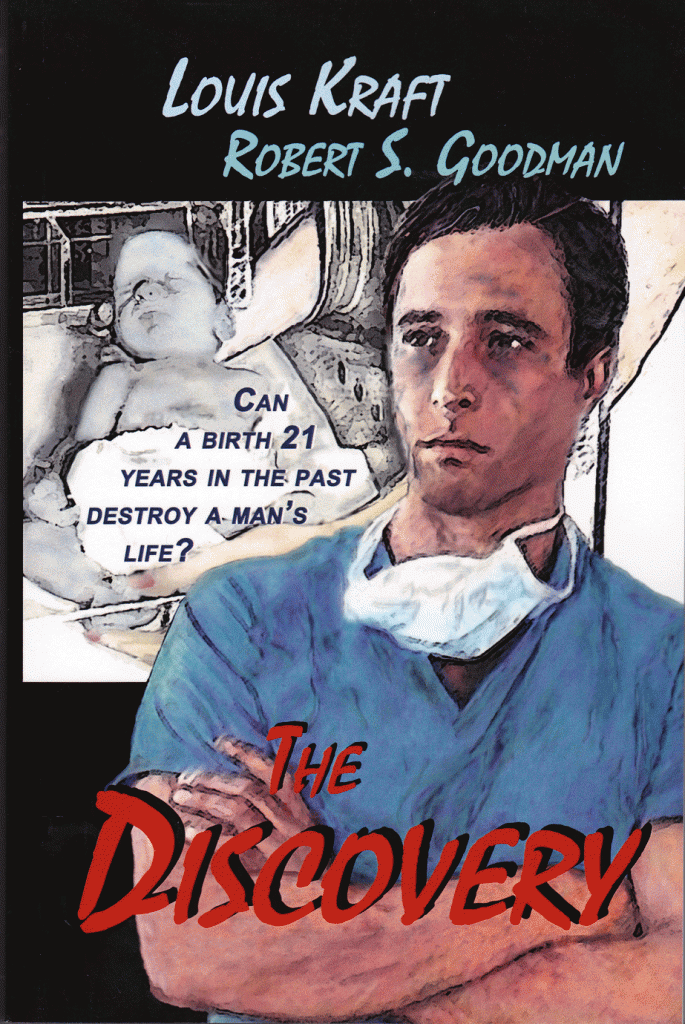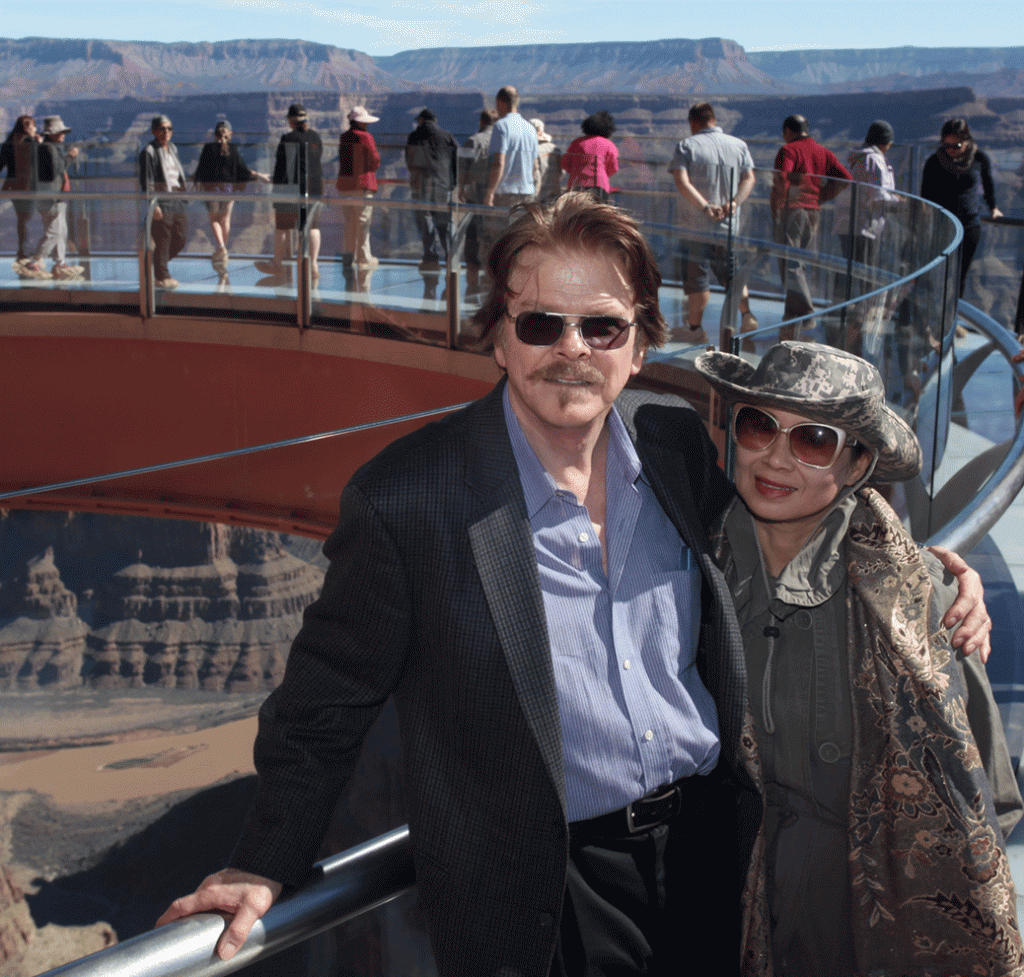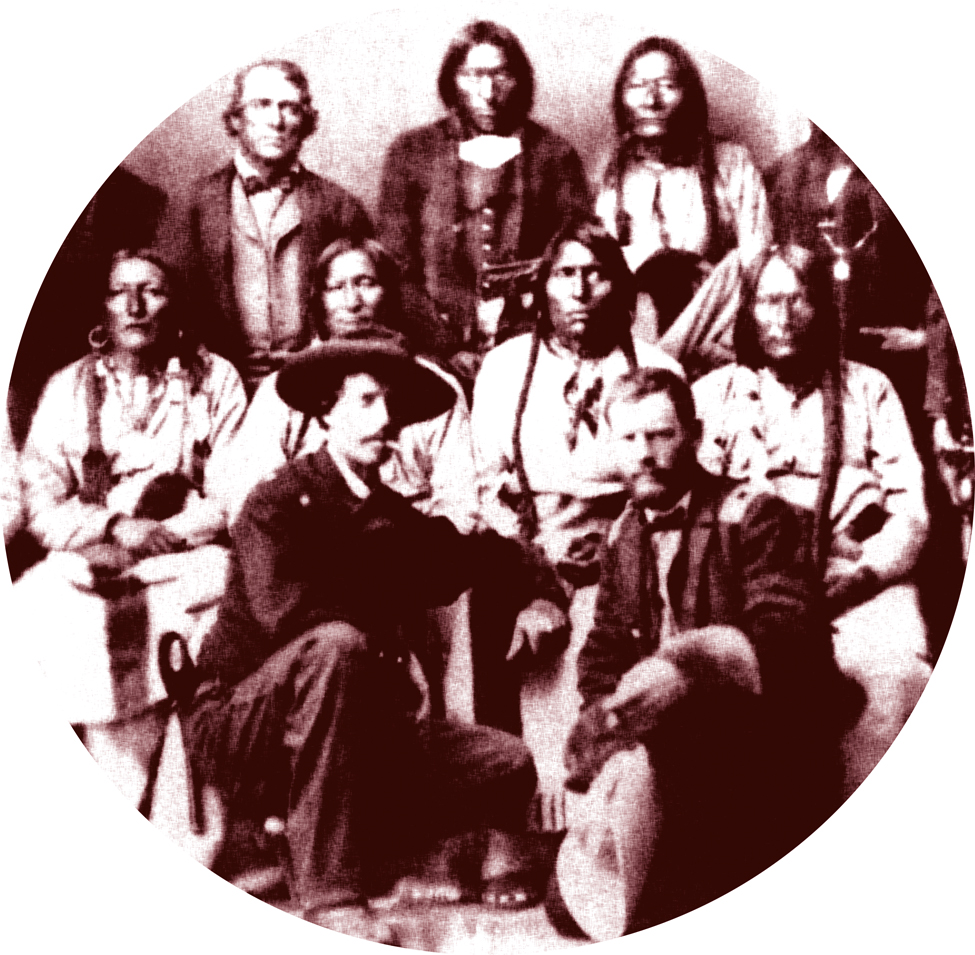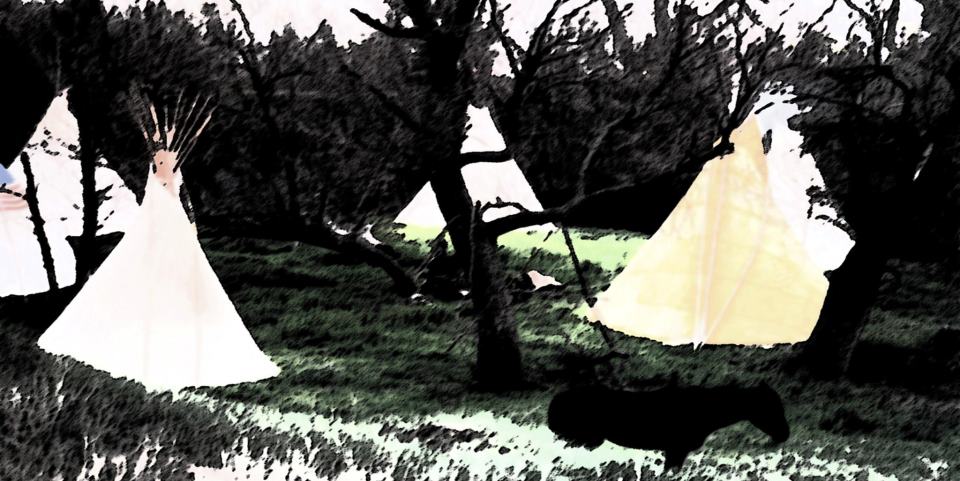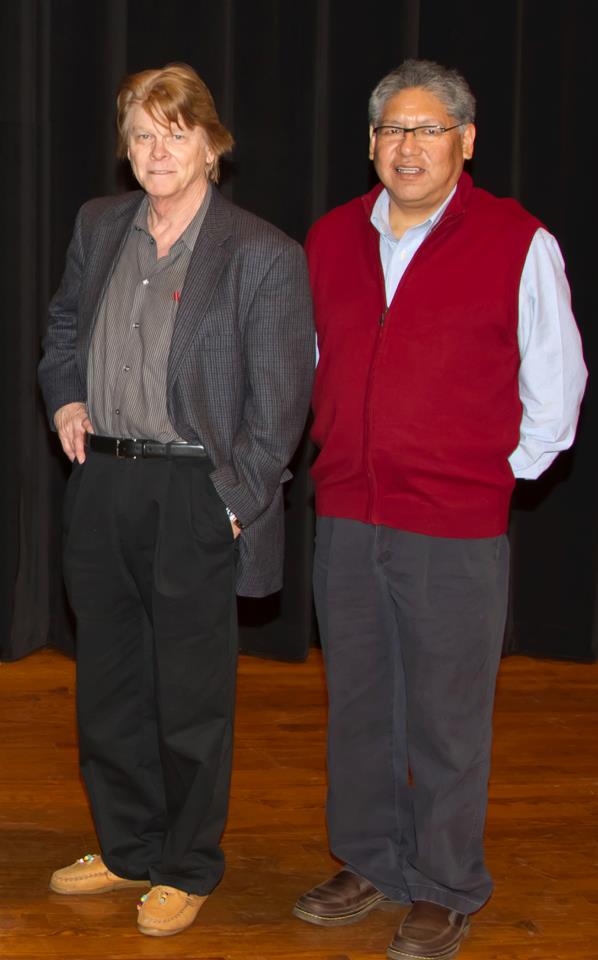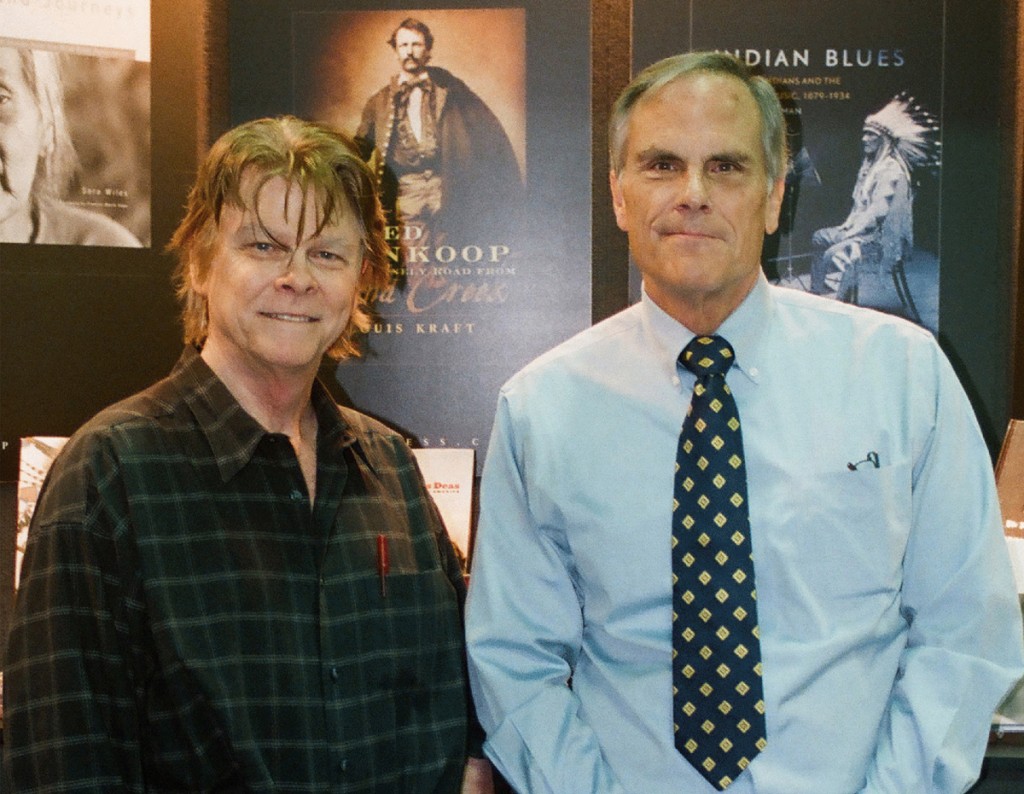Website & blogs © Louis Kraft 2013-2020
Contact Kraft at writerkraft@gmail.com or comment at the end of the blogs
You know me, or you don’t know me.
If I dared to publish a memoir right now and you read it you
would proclaim: “No! Absolutely not! Kraft writes fiction, for what he has
written could never have happened!” … At the same time you might fall out of your
chair as you were laughing so hard. And again you would proclaim: “No!
Absolutely not! Kraft writes fiction, for what he has written could
never have happened for it is too funny to be true!”
I’m not a clown, but at times I think I need to paint my face.
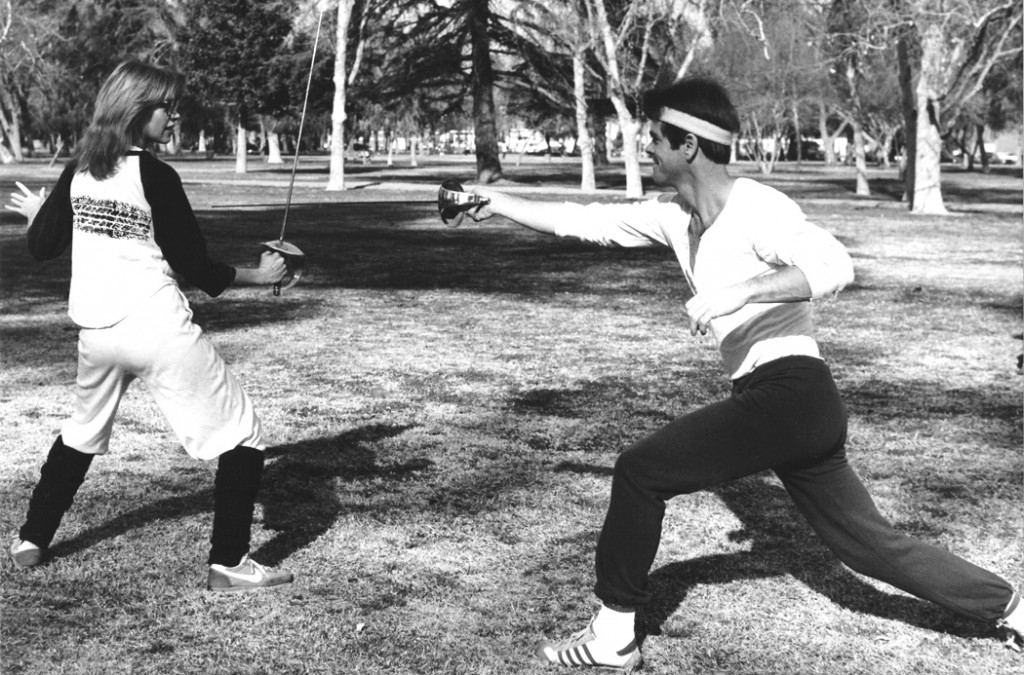
I knew this lady, an actress, but please accept my humble-humble apologies for I don’t remember her name; one thing is certain, … she is not John Smith. We were working out in North Hollywood Park in preparation for a series of sword-fighting one-act plays that would be performed in 1982. Actually I’m lunging with a slashing attack to her breast and she is parrying my saber. … If John Smith and I meet up in the afterlife and he isn’t happy about what I have written about him I’m certain that he’ll attack me (not with sabers; more likely Bowie knives, which I also know how to wield). … Going in another direction I need to say something. I have been accused way too often of being intimate with ladies when nothing happened. We were friends. Friends! I hate to say it, but men and women can be friends without being intimate. This lady is a great example. Don’t believe me? I can provide a long list of ladies who have been my friends over the years and nothing else. Enough said. (photo © Louis Kraft 1982)
A return to John Simpson Smith
As I claw and struggle to figure out who I am, I am attempting to figure out who the leading players are in Sand Creek and the Tragic End of a Lifeway. The research is ongoing and relentless. Hours and hours sweep by while I try to figure out what happened in a flash of time. I am about to get my paws on a letter that John Simpson Smith would deny, hate, and swear vengeance upon me if ever we meet in the hereafter if the information ends up in my manuscript. The information in that letter will see the light of day in my Sand Creek book (and it is in place now and will remain so regardless how much a copyeditor might want to delete it).
… So if Mr. Smith and I do meet, I had better be ready to parry (that’s a sword-fighting term; see the above image) his assault on my person as it won’t be pretty.
If you have read any of my writing, heard any of my talks, or seen any of my plays about Ned Wynkoop that deal with Mr. Smith you know that they weren’t bosom buddies.
I’m not picking on John Smith here. Actually my appreciation of him has grown ten-fold in the last year. He was one-tough dude, and believe me he was light years ahead of his time and place. … He did some things that I view as heinous. Heck, perhaps I’ve done some things that he might consider in a less than positive light, or perhaps even laughable (and I’m not laughing here). A better word for both of us looking at each others lives might be “cringing.” What he did and what I have done will not nimbly move back and forth between two different times and place.
AND …
It is a done deal that John S. Smith will play a leading role in my Sand Creek book, for the simple reason I can’t stop researching him (my apologies for much of the text in this paragraph previously saw life elsewhere on social media). This is a mouthful, but fear not for Black Kettle will have a large roll and Left Hand will be as large as possible. The incomparable Ned Wynkoop will play his part as will Colonel John Chivington, Editor William Byers, and Governor John Evans. Mixed-blood Cheyenne George Bent has given us so much with his letters over the course of decades as he filled in the blanks with what he saw or with what his Cheyenne friends saw and shared with him. … Back to Mr. Smith: He performed perhaps the most heinous event I’ve ever documented and to repeat myself it is now in the manuscript. Rape, murder, sexual butchery is certainly there big time but not performed by Mr. Smith. By now I have experience dealing with the dark side, and if I didn’t the world that I immersed myself in during the writing of The Discovery finished me off, for it got dark, real dark, and perhaps too explicit. Nevertheless Mr. Smith has landed himself a place in infamy for doing something that at least to me is unthinkable.
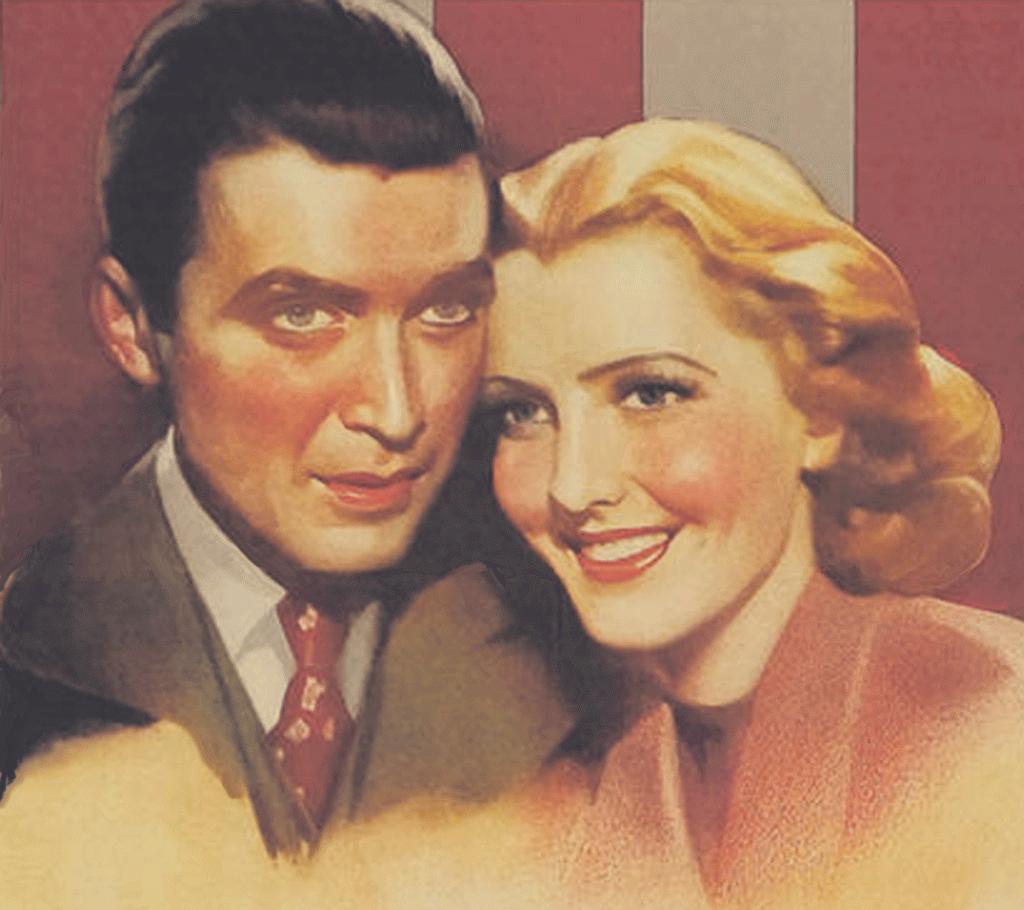
This is a detail from the great art of the 1939 USA one-sheet for Mr. Smith Goes to Washington with James Stewart and Jean Arthur. (one-sheet © Columbia Pictures Corporation 1939)
… And yes, Mr. Smith Goes to Washington (this is actually the title of a 1939 James Stewart film but Jimmy S. wasn’t playing John S.). John Smith took Indians to the capital city at least three times (and maybe four). Actually there is a novel by Bruce Cutler, The Massacre at Sand Creek: Narrative Voices (University of Oklahoma Press, 1995) that is also poetry when dealing with the Cheyennes. Believe it or not way too often historians have quoted and cited this work of fiction as fact. I’m chuckling here for this is totally absurd. Near the end of the novel John Smith has an eight-page conversation with the Devil while returning to the frontier after his last trip to Washington, D.C. I wish that I could cite this book as it has a lot to offer on Smith and other Sand Creek players, but I can’t for the reason already stated.
Huh?
Can John Smith document Louis Kraft’s life? Can Louis Kraft document his? At the moment I’m the only one who will be called onto the carpet to produce fair and unbiased prose about Mr. Smith (for he doesn’t get his chance to talk about me until I join him sometime in the future). Ha-ha! Upper hand: Kraft!
What I’m talking about in this blog is simply that it isn’t easy to piece together mini biographies of eight or ten people (and at this moment this list is shrinking) and merge them together and tell the story of an event in November 1864 that reverberates to this day (and long beyond).
Add Left Hand to “Why John Simpson Smith?”
What has the Arapaho Chief Left Hand have to do with John Smith? Actually he had a lot to do with Smith, but much of it is in a very grey area. By that I mean that this connection raises more questions than the few answers it supposedly confirms.
I’m certain that you are wondering why I have spent so much time in these blogs dealing with Mr. Smith. The reason is simple: He was part of the Sand Creek story before there was a Sand Creek story. And better he walked on both sides of the Sand Creek story, and that includes being in the village when it was attacked.

This is Margaret Coel’s cover page on Facebook. Very nice! She is a long-time writer who has focused on fiction. Her work should be honored, and I do honor her for her fiction and for her groundbreaking work on the great Arapaho Chief Left Hand. (art © Margaret Coel 2017)
A novelist/two-time nonfiction (?) writer Margaret Coel labeled Smith as “Lyin’ John” in her biography of Arapaho chief Left Hand (Chief Left Hand, Southern Arapaho, OU Press, 1981). I have problems with her book, including her research, her citations, and information that was created without any supporting evidence. My copy of her book (and it is the only biography to my knowledge that deals with Left Hand, or Niwot, and for this reason alone it should be in every library that deals with the Arapahos, the Cheyennes, and the 1860s), which is paper, and will not survive my Sand Creek manuscript. By that I mean that it will fall apart in the not-too-distant future. This is good for it means that I am using it and trying to understand it and challenging it.
For the record there are no photographic images of Left Hand (a terrible shame).
With luck someday I’ll meet Ms. Coal. If so I have every intention of giving her a big hug for she chose to write about a very important person (that shockingly many historians have ignored). Why? WHY? Left Hand was a major player in the Sand Creek story. A MAJOR PLAYER! Regardless of my view of her book on Left Hand, kudos to her for writing it!!!!! Ms. Coel, I hope that someday I am lucky and that in our future we do meet.

The piss-poor art of John Smith that I used in 2016 continues to grow (and darken). He’s coming closer to reality, and I still have a lot more work in front of me (light paint strokes, more dark?, and his eyes—I need to bring his eyes to life), and there’s even more for if I choose to use this portrait of him in the Sand Creek book my color art must transfer to grayscale decently (this means the contrast of dark and light must work well together). (John Smith art © Louis Kraft 2017)
But I’m wandering from John Smith, and I shouldn’t be. Ms. Coal’s Left Hand is of major importance to Smith as it paints him in a not-so-good light. To date the two things I take away from her book is that Smith lied and that Left Hand, who spoke English, knew this. What I have just said has launched me on perhaps a wild goose chase (similar to a bitty at Arizona State University (Tempe), who, while supposedly aiding my Lt. Charles Gatewood research (for Gatewood & Geronimo, University of New Mexico Press, 2000) plotted a misdirection and wasted my time and money looking for key information in a state where it never existed).*
* I found the needed information before I completed work on second book dealing with Gatewood (Lt. Charles Gatewood & His Apache Wars Memoir, University of Nebraska Press, 2005) and it was roughly a two-hour drive from my home in Los Angeles.
But in the case of John Smith, and I must learn the truth about him (and this is also so for Left Hand) for much of what I currently know about him is totally illogical (and the “illogical” is also true for Left Hand). I raise my own questions and track the answers until I find them or realize that 1) There is no answer, or 2) I’m searching in the wrong place.
Yeah, I’m slow, but that’s just me.
Smith and Left Hand’s roles will be as large as possible. Smith has become a leading player; I’m worried about Left Hand’s presence in the manuscript.
“I Stand By Sand Creek!”
Supposedly Colonel John Chivington said these words sometime after the 29nov1864 attack on the joint Cheyenne-Arapaho village and the booming proclamations of “Great victory” had begun to lose its luster and “Indian massacre” tainted Chivington’s fame.

The Sand Creek manuscript flies forward, and this makes me one happy cowboy. … This blog won out over a blog that again deals with racism in my life that is also close to publication. … John Chivington, that is Colonel John Chivington, who led the attack on the peaceful Cheyenne and Arapaho village on Sand Creek, Colorado Territory, on 29nov1864, plays a role in the upcoming book. I needed an image of him. This is it, and it represents him near the end of his life. Not to worry for it won’t be in the book unless I can figure out how to improve it. Fat chance; this is awful. (Chivington art © Louis Kraft 2017)
Actually Chivington’s quote, “I Stand By Sand Creek!” became the title of a book about him (“I Stand By Sand Creek”: A Defense of Colonel John M. Chivington and the Third Colorado Cavalry by Lt. Colonel William R. Dunn, The Old Army Press, 1985). I didn’t remember my impression of the book until I looked at it for Ned Wynkoop and the Lonely Road from Sand Creek (University of Oklahoma Press, 2011), wasn’t impressed, and didn’t use anything from the book. … The search is under way for finding the colonel’s quote, and I believe it was later rather than earlier. Good friend and terrific Indian wars historian John Monnett suggested that I check the Rocky Mountain News during the 1890s for the quote.
This is on my to do list.
I’ve been discussing the Sand Creek manuscript with Steve Schmidt, a knowledgeable and literate person I met in Kansas a number of years back. Steve has kindly been offering me leads to research and raising questions that are valid. One, pertaining to Mr. Chivington, is right on target. He put it in my head, and let me tell you it “ain’t a goin’ away.” My dear colonel, you and I will be walking hand-in-hand for the unforeseeable future. This said, John Chivington, I have no comments to say about you. You are who you have proven to be, a man of guts, a man who reached for his own future, a man who was totally in-tune to his own world. Mr. Chivington, you are a great challenge for me, and I must—absolutely must—walk in your boots, get into your head, and present you as you viewed your life. Anything less will be subpar and little more than crap. … However long this takes me I must do it. And, … and if, … OU Press bashes me in the head for taking too long—shame on them for I must become one with you, John Chivington.
Luckily it ties in with the Methodist angle on the Sand Creek story, which is the basis for Gary Roberts’ latest book on Chivington’s attack on the Cheyenne-Arapaho village in 1864.
Other media and this blog
Although what I share on these blogs are the real LK, I have placed a lot of background information elsewhere. This said, the “elsewhere” destination is clean cut, meaning the Walt Disney version. On the blogs I have at times pushed to cross a line that perhaps I shouldn’t cross. But still I haven’t gone any farther than an “R” rating (in other words, not appropriate for anyone below the age of 17 without their parents’ permission). Duh!! I know, I’m still doing a balancing act between goody-two-shoes and a real “R” rating (which someday may be pushed to perhaps “NC-17” in other formats).

LK in the living room at Tujunga House on 5jan2017 just before nightfall. Egotism aside, I like this photo for I look alive and happy. (photo © Louis Kraft 2017)
What can I provide for you here? Actually nothing, for LK censures LK.
Actually I’ve made great strides into moving into the “R” zone (and beyond, and again I have toyed with going beyond this rating in both my fiction and art). If you think that I’m joking here—I’m not. For the record I constantly attempt to push the limits of my creativity in all directions whenever I can. This is not just for creativity’s sake but for me forever trying to expand my capabilities in the various medias in which I work. Be it words or art I must be true to myself. At the same time I must observe the limits of the various media that publishes my work; meaning that at times words or art that is acceptable in one media (let’s say fiction) is not acceptable in another media (such as nonfiction). This is a juggling act for me with the center point being my blogs, but not completely, for no matter how much I push myself on the blogs there are words and art that I cannot share with you (at least not today). … I’d like to, but I’m frightened of the response.
For the record I paint portraits of human beings (including myself). I view them as art. … For a long time I have debated what I can share on the blogs. LK nude? I could share this. Will I? Don’t know, but most likely never. The ladies in my life? … Not the major ladies in my life (Anglo American, Japanese, Korean, and Thai) for they would not want this (and I am in total agreement with them). That said, others who will remain nameless shed their clothes and posed for my camera, but even if I created art of them it would not appear here.

LK at the Louvre Museum in Paris on 1jul2004. I visited the Louvre twice (2004 and 2009). This is what I looked like on the first visit (photo © Louis Kraft 2004)
This brings me to a great piece of art that I have seen twice at Musée D’Orsay in Paris, France (2004 and 2009). It had to have been shocking when Gustave Courbet created and first displayed his “L’Origine du Monde” over a century ago. I could describe the painting, but I won’t. This said, I think that it is magnificent and deserves its permanent exhibition at Musée D’Orsay, which is by far the best museum of art in the world that I have ever been fortunate to visit. The painting is still shocking to this day. This said, it is glorious and should have not been hidden from the world for years and years. Is this painting, which I’m not describing or sharing, art? Yes! Yes, and yes without a doubt. What does this say about Courbet? What does this say about Kraft? What does this say about you?
I know what this says about Courbet and about me. I don’t know what it says about you, and honestly I don’t care. Obviously—or not obviously—I’ve been talking about sexuality and nudity in my life. I don’t know about you, but sexuality and nudity has played a large role in my life. This huge part of perhaps many of our lives has given my life the energy and the desire to survive and cherish each and every moment I have walking through our so-called “world of woe.”
Am I evil? No, I don’t think so.
The LK blogs …
The purpose of the LK blogs from the beginning in early 2013 was to push my writing capabilities beyond what they had been in the past. That goal is still front and center as you and I move forward in 2017 and beyond. Why? This is a simple question but without an answer, at least not an answer that I can provide at this time.
All I can say is that I need to be true to me, true to my vision of nonfiction, fiction, and art. I actually have a major question that is front and center every day. Mainly, Kraft, how many days do you have left? What can you complete before the end? What do you have to do? In a nutshell I must protect my beautiful wife and daughter (and my daughter’s mother), and this includes living for as long as I can to accomplish this. So you know, I work at this every day (and often this is three to four hours of my time every day). I have one other reason for living, and that is my writing. Without blinking an eye I must complete Sand Creek and the Tragic End of a Lifeway and deliver the manuscript to my great friend and editor Chuck Rankin; I must also complete Errol & Olivia.
 The reason for completing these two manuscripts is simple: They will be the most important books that I write in my lifetime (while my favorite has already been printed by the University of Oklahoma Press, Ned Wynkoop and the Lonely Road from Sand Creek). LK’s writing world does not end with these two manuscripts, for I will have a long life as I move forward in my writing (this includes two additional nonfiction books on Errol Flynn; two books on Kit Carson, one nonfiction and one fiction; two books on the English pirate and knight Francis Drake (again one nonfiction and one fiction). Ladies and gents, this is a mouthful. But—BUT—on the plus side it will ensure that I live a long life as I protect the women in my life.
The reason for completing these two manuscripts is simple: They will be the most important books that I write in my lifetime (while my favorite has already been printed by the University of Oklahoma Press, Ned Wynkoop and the Lonely Road from Sand Creek). LK’s writing world does not end with these two manuscripts, for I will have a long life as I move forward in my writing (this includes two additional nonfiction books on Errol Flynn; two books on Kit Carson, one nonfiction and one fiction; two books on the English pirate and knight Francis Drake (again one nonfiction and one fiction). Ladies and gents, this is a mouthful. But—BUT—on the plus side it will ensure that I live a long life as I protect the women in my life.
The above is my future, and it is a good one.
Back to the Sand Creek manuscript
All I can say here is that I need to walk with the leading players in the Sand Creek manuscript as they move forward with their lives. I’m getting close to Mr. Smith, perhaps a little too close (but I’m thrilled with what is current in the manuscript). I’ve known Ned Wynkoop for decades, and even though I’ve written about Black Kettle for the same length of time I’m only now doing what I can to walk in his moccasins. This is not a small comment about BK, for he was an extraordinary man and I need to know him intimately before the Sand Creek manuscript goes to press. I need to repeat these words in another way—I need to bring Black Kettle to life, something that has still never happened in my books or any other books.
Add Left Hand to my list, but here I’m fearful that I won’t find enough primary material (or accurate information) to fill out his life.

This woodcut of the Camp Weld 28sept1864 meeting is a total joke. It is a available in numerous archives. From left to right: Black Kettle (in clothing and with a hairstyle that he never wore or had; a bearded John Smith (I have all of the known photos of Mr. Smith, including the famed 28sept1864 image with Wynkoop, Black Kettle, Bull Bear, and other key players at Camp Weld, and in all of them he is clean shaven). Finally, Wynkoop never dressed in this totally fictional uniform. Worse, none of these three players look like the artist painted them. I have toyed with using this art in the Sand Creek manuscript, but only to list all the errors in it. I have 37 contracted images for the Sand Creek book, three of which will be maps. Time will tell, but at the moment using this image is doubtful.
As the days pass numerous players cement their positions as leading players while others continue to fall by the wayside. Fear not, for John Chivington, John Evans, William Byers will all play their parts. As will George Bent. All I can say about George, other than “God bless him for what he has given us—you, me, and every other person that gives a hoot about the Cheyenne and Arapaho people while writing about their history during the 1860s owes Bent one hell of a lot. George Bent was one special human being and I pray that I do him justice.” His brother Charles was just as noteworthy but unfortunately his life was way-too-short and poorly documented (other than volumes of fiction; that is naming him leading raids and killing a lot of whites). If a white person under attack (or captured) by a war party heard a warrior speak the English language who do you think they named even though they had never seen that person before (or later) in their lives? You got it: A name they had heard once or twice or nine times before, … George or Charles Bent or Edmund Guerrier or Jack Smith. Without knowing what these young men looked like (by 1864 two were teenagers and two were in their early twenties), but still they were named for killing and raping again and again. All four were accused of many “crimes”* that most likely they never performed. …
* Crimes? A lot of these so-called “crimes” happened in retaliation for military actions that included, among other “crimes,” attacking peaceful villages and murdering Cheyenne leaders who attempted to speak to the soldiers (one of the attacks, that on Sand Creek, also included killing Arapahos, and especially Left Hand, who, like Cheyennes Lean Bear, White Antelope, and Black Kettle who also died violently, did all he could to keep the peace between the races). … Yes, the Cheyennes, Arapahos, and their allies the Sioux (Lakotas) fought to save their families and loved ones, the buffalo, their land, their religion, their language, and their freedom. CRIMES???? Let’s call it war, a war of survival with the end result never in doubt.
As this blog is hopefully giving you yet another taste of what is coming …
… Lets mention the ladies? A few will have supporting (unfortunately small supporting) roles, but they are key to the Sand Creek story. Chuck Rankin and I have discussed bringing them into the story, but there just is not enough information to make any of them full supporting players (much less leading players). This said, there will be a few surprises in the Sand Creek manuscript—good surprises (I promise).
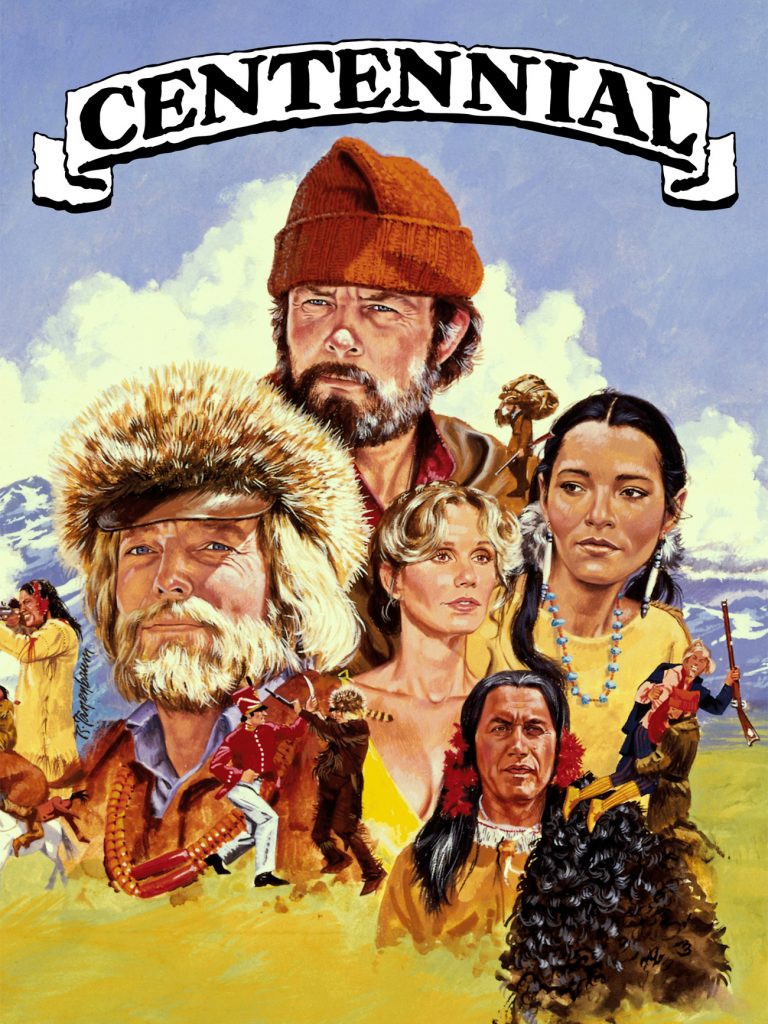
This is artwork for the mini series Centennial (which premiered on American TV in the late 1970s). From left Richard Chamberlain, Robert Conrad, Sally Kellerman, Michael Ansara, and Barbara Carrera. I decided to use this art because there were two-mixed blood Cheyenne brothers in the early episodes of the mini series that represented George and Charles Bent. Played by Stephen McHattie (as the mixed-blood Cheyenne Jacques Pasquinel, and an actor that I thought would become a star as every performance of his that I have seen has been exceptional, including playing the acting legend James Dean) and Kario Salem as the mixed-blood Cheyenne brother Marcel Pasquinel). Their characters were totally fictional, but the two actors and the parts they played were riveting. I want to say a little more here. Richard Chamberlain was a pretty-boy TV star in Dr. Kildare in the early 1960s, but refused to be who he was and studied acting (including classical theater) and recreated himself as a very good actor and he became the king of the mini series. My favorite actress of all time is Gong Li (who is Chinese), and the reason is that she is totally in the moment—she listens, she thinks, and she responds (just like Errol Flynn). There are a lot of actresses that I like, including Barbara Hershey, Olivia de Havilland, Meryl Streep, Kristin Scott Thomas, and Barbara Carerra, among others. Carerra, who is Nicaraguan, was a model, and she is beautiful but not a good actress except in two mini series, Centennial (as the Cheyenne Clay Basket) in 1978-1979 and in Masada with Peter O’Toole (as the Jewish woman Sheva) in 1981.
And this is the same for others who play specific parts but are only fleeting in the flow of the story before they unfortunately exit the story. I have learned how to do this when I wrote The Discovery between January 2014 and April 2016. Some of these players are mixed-blood Tsistsistas (Cheyennes) Edmund Guerrier (mentioned above and an all time favorite of mine), who will soon move into the forefront with an upcoming book on him by a good friend of mine named Dee Cordry (and I do not want to share any information about his his work until he gives me the okay to do so) as will Jack Smith (John Smith’s son, and also mentioned above). Trust me, for there are others.
I’m not ignoring my Indian players, but other than Arapaho Niwot (Left Hand), who, as I said above, I am struggling to find real documentation to confirm his life (don’t ask, for you won’t like what I say), and Arapaho Little Raven. Others who I thought might be leading players are slipping through the cracks of my research. I still hope Dog Man Bull Bear plays a larger role than now anticipated, and ditto Cheyennes White Antelope and Lean Bear. My favorite Dog Man is Tall Bull, but to date I have very little of him during the 1863-1865 timeframe. … Suggestions of where to research these gentlemen are always welcome.

Silas Soule’s wedding photo in April 1865 as restored by LK per the permission of Byron Strom for publication in Ned Wynkoop and the Lonely Road from Sand Creek. Hopefully Byron, who controls the Anne E. Hemphill Collection in Des Moines, Iowa, will again agree to me restoring yet another great image of Silas Soule that must see print.
One white man that I hope whose role can grow is Captain Silas Soule. The reason is twofold: Much that has been written about him to date is bogus. More important he refused to fire his weapons at the Cheyennes and Arapahos camped at Sand Creek on 29nov1864, as did Lieutenant Joseph Cramer, and those of their men who obeyed their orders not to fire on the Indians (as documented in Ned Wynkoop and the Lonely Road from Sand Creek). … Cramer would survive his damning testimony and letter to Wynkoop; Soule would not for he would be murdered on the streets of Denver weeks after his marriage at the beginning of April 1865.
Colonel George Shoup of the Third Colorado Volunteers is a mystery. Can I bring him to life? My fingers are crossed. As they are to bring some of the whites to life in supporting roles who held firm with Chivington’s proclamation: “I stand by Sand Creek.”
William Bent, one of the founders of Bent’s Fort, and more importantly a leading player in the development of the Cheyenne and Arapaho domination of the central plains, their lifeway based upon the buffalo, and their trading to the south, the north, and the east, and their horse-based culture that had evolved less than a century before Sand Creek. A lot of work is coming here, for this man’s life and world is a major part of the story.
These players and the tragic events of November 1864 affected a lot of people during the 1860s, they have affected a lot of people since that tragic day of 29nov1864, and they have affected me for decades.
These people, along with Martin Luther King, Jr., African Americans, Geronimo and the Chiricahua Apaches, and believe it or not the English pirate Francis Drake have played major roles in my writing decisions and my chosen path in my writing life and future.
It is what it is
… And my life is good.


